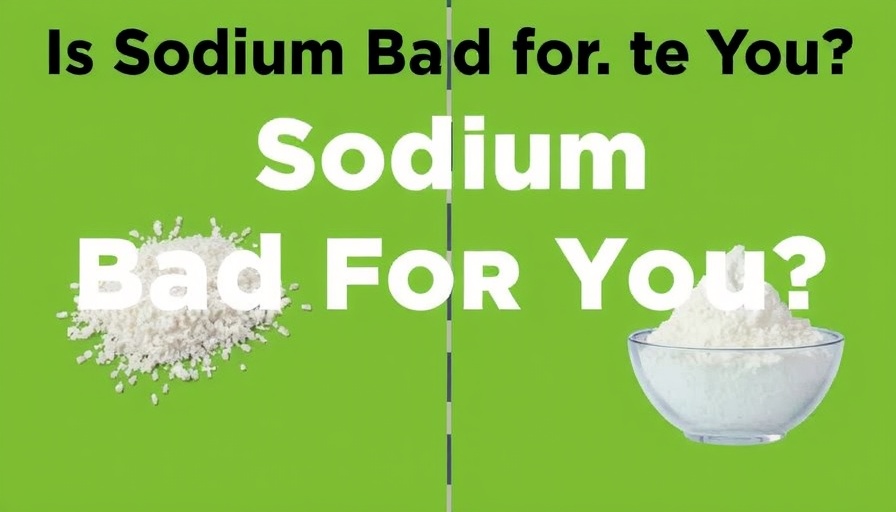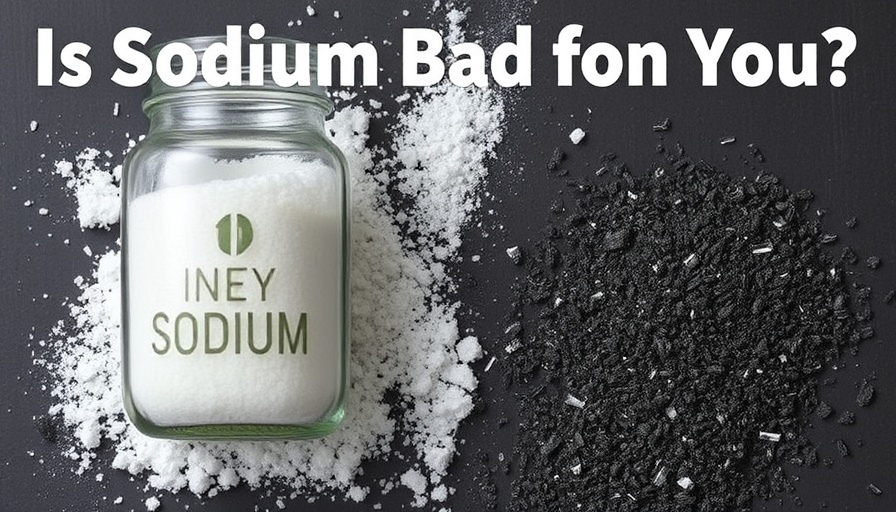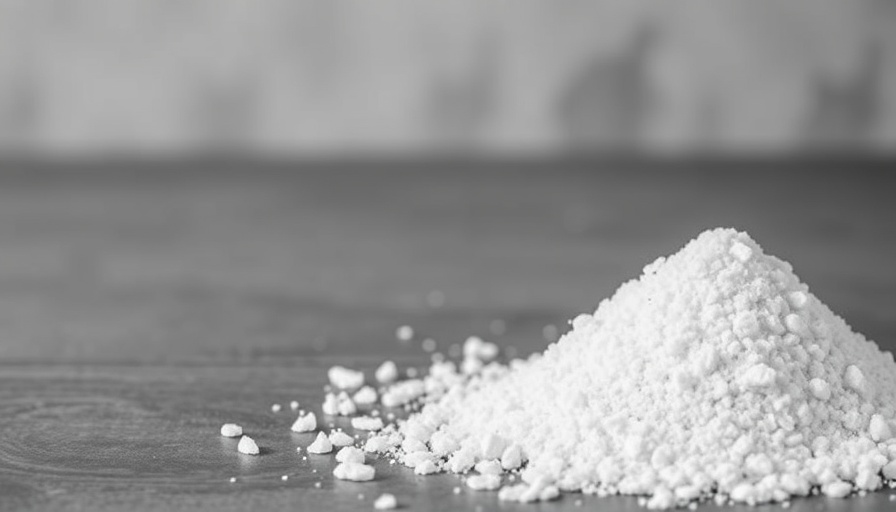
Understanding Sodium: The Good and the Bad
Sodium has long been a topic of debate, as people often question whether it’s harmful or beneficial. While sodium is essential for bodily functions, including maintaining fluid balance and transmitting nerve signals, excessive intake can lead to health issues. The general recommendation for adults is to limit sodium consumption to less than 2,300 mg per day to prevent high blood pressure, heart disease, and stroke.
Age-Related Considerations: Sodium Needs through the Years
As we age, the body’s ability to regulate sodium may decline, making it more crucial for seniors to monitor their intake. Some studies suggest that older adults may be more sensitive to sodium, requiring careful management of their diets to maintain optimal health. Conversely, active children and adolescents may need slightly higher sodium levels due to increased perspiration and physical exertion, highlighting the importance of age-specific dietary guidelines.
Common Myths and Misconceptions
There are many myths surrounding sodium consumption that can cause confusion. For instance, many believe that all sodium is harmful, but it is vital for health when consumed in moderation. Moreover, not all sources of sodium are equally concerning; processed foods tend to be the main culprits for excess sodium intake, while natural sources, such as vegetables, provide necessary nutrients without added health risks.
The Bottom Line: Finding Balance
Ultimately, moderation is key. Monitoring sodium intake while focusing on a balanced diet rich in fruits, vegetables, whole grains, and lean proteins can support overall health. Parents, in particular, should educate themselves to help their families make informed dietary choices.
 Add Row
Add Row  Add
Add 




 Add Row
Add Row  Add
Add 
Write A Comment